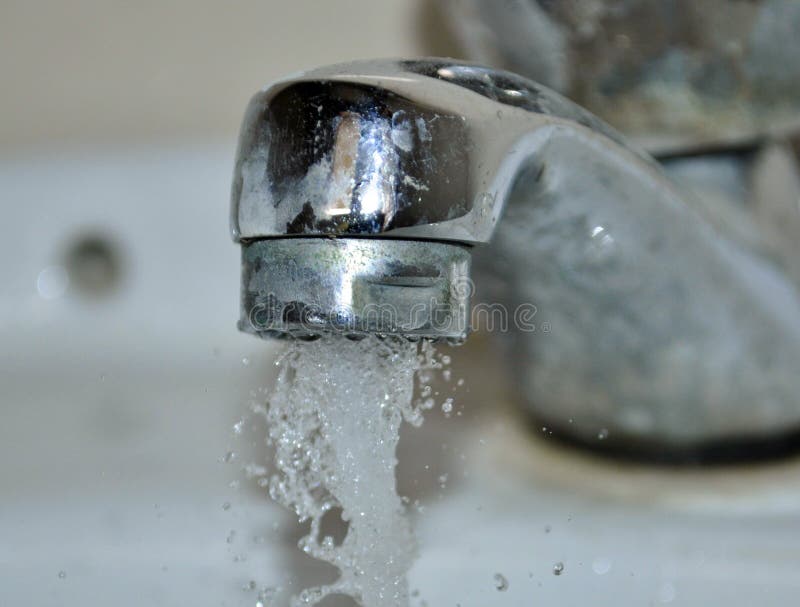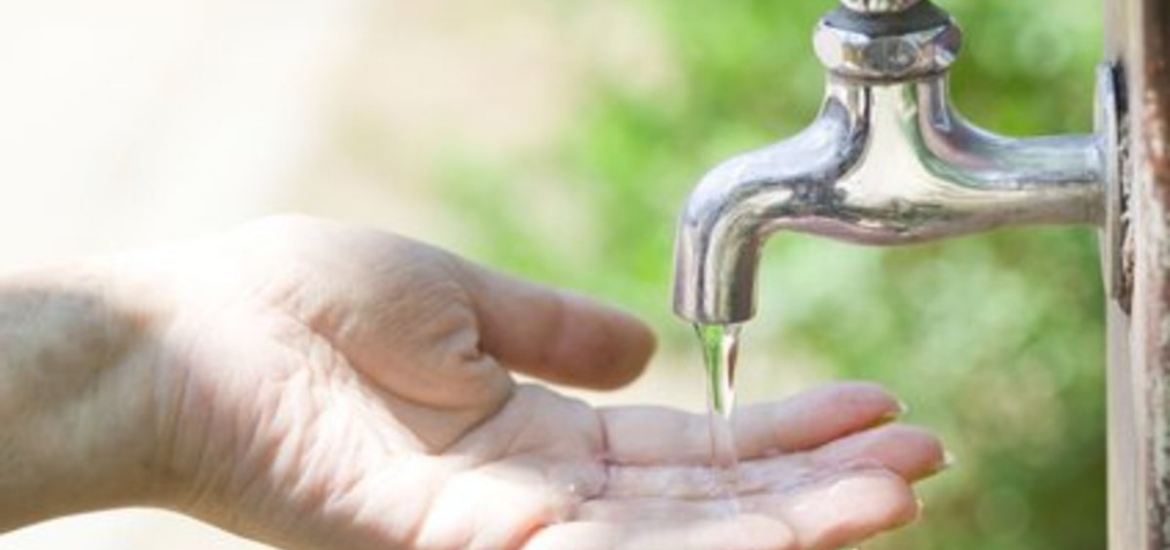If you're experiencing low water pressure at your kitchen sink, the first thing to check is the aerator. This small device is attached to the end of the faucet and helps regulate the flow of water. Over time, it can become clogged with mineral deposits or debris, which can restrict the flow of water. To check the aerator, simply unscrew it from the faucet and clean it thoroughly with a toothbrush and some vinegar. This should help improve the water pressure.Check the aerator
The next step is to check the water supply valve. This is usually located under the sink and is responsible for controlling the flow of water to the faucet. Make sure the valve is fully open and not partially closed, as this can also cause low water pressure. If the valve is fully open and you're still experiencing low pressure, it may be a sign of a larger issue and you should move on to the next step.Check the water supply valve
If you have a water pressure regulator installed in your home, it may be the cause of your low water pressure. This device helps regulate the water pressure coming into your home, and if it's not functioning properly, it can lead to low pressure at your kitchen sink. You can check the pressure by attaching a pressure gauge to an outdoor faucet and comparing it to the recommended pressure for your area. If it's significantly lower, you may need to replace the regulator.Check the water pressure regulator
Clogged pipes can also be a common cause of low water pressure at your kitchen sink. If you have older pipes, they may have accumulated build-up over time, which can restrict the flow of water. You can try using a plunger or a drain snake to clear any clogs in the pipes. If the problem persists, you may need to call a plumber to inspect the pipes and determine the best course of action.Check the pipes for clogs
The faucet cartridge is another component that can affect the water pressure at your kitchen sink. This is the part of the faucet that controls the flow of hot and cold water. If the cartridge is damaged or worn out, it can lead to low water pressure. You can try replacing the cartridge yourself, or call a plumber for assistance.Check the faucet cartridge
If you have a water filter installed on your kitchen sink, it's important to check it regularly. A dirty or clogged filter can restrict the flow of water and lead to low pressure. Follow the manufacturer's instructions for cleaning or replacing the filter, and see if this improves the water pressure at your sink.Check the water filter
In some cases, the issue may not be with the faucet or the pipes, but with the hot water heater. If the water pressure is low only when using hot water, it could be a sign that the heater needs to be flushed or replaced. Sediment and mineral deposits can build up in the tank and affect the flow of water. It's best to call a professional to handle any issues with your hot water heater.Check the hot water heater
Even a small leak in your pipes can affect the water pressure at your kitchen sink. Check for any visible leaks under the sink or in the pipes leading to the faucet. If you notice any leaks, it's important to have them repaired as soon as possible to prevent further damage and improve the water pressure.Check for leaks in the pipes
If the low water pressure is isolated to just your kitchen sink, it's a good idea to check the water pressure in other faucets in your home. If they also have low pressure, it could be a sign of a larger issue with the water supply line. In this case, it's best to call a plumber to inspect the line and make any necessary repairs.Check the water pressure in other faucets
If you've exhausted all of these steps and you're still experiencing low water pressure at your kitchen sink, it's time to call a professional plumber. They have the expertise and equipment to properly diagnose and fix any issues with your plumbing system. Don't hesitate to call for help, as low water pressure can be a sign of a more serious problem. In conclusion, low water pressure at your kitchen sink can be a frustrating issue, but it can usually be resolved with some simple troubleshooting. By checking the aerator, water supply valve, pressure regulator, pipes, faucet cartridge, water filter, hot water heater, and for leaks, you can identify and fix the problem. If all else fails, don't hesitate to call a plumber for professional help. With these tips, you can enjoy a steady and strong flow of water from your kitchen sink once again.Call a plumber for professional help
How Low Pressure at Your Kitchen Sink Can Affect Your Entire House Design

The Importance of Water Pressure
 When it comes to designing your dream house, there are many factors to consider. From the layout and color scheme to the furniture and décor, every detail plays a crucial role in creating your ideal living space. However, one aspect that is often overlooked is the
water pressure
in your home. This may seem like a minor detail, but it can actually have a significant impact on your overall house design. Low pressure at your kitchen sink, in particular, can cause several problems that can affect the functionality and aesthetic of your home.
When it comes to designing your dream house, there are many factors to consider. From the layout and color scheme to the furniture and décor, every detail plays a crucial role in creating your ideal living space. However, one aspect that is often overlooked is the
water pressure
in your home. This may seem like a minor detail, but it can actually have a significant impact on your overall house design. Low pressure at your kitchen sink, in particular, can cause several problems that can affect the functionality and aesthetic of your home.
Effects of Low Pressure at the Kitchen Sink
 Low pressure
at the kitchen sink is a common problem that many homeowners face. It can be caused by various factors, such as clogged pipes, faulty plumbing, or inadequate water supply. Whatever the reason may be, the effects of low pressure can be felt throughout your entire house design. For starters, it can greatly affect your daily tasks in the kitchen. From washing dishes to filling up pots, low pressure can make these simple tasks time-consuming and frustrating.
Moreover,
low water pressure
can also have an impact on your appliances. Your dishwasher, for example, may not be able to function properly if it does not receive enough water pressure. This can lead to dirty dishes and even damage to your appliance in the long run. Additionally, low pressure can also affect your showers and baths, making them less enjoyable and relaxing.
Low pressure
at the kitchen sink is a common problem that many homeowners face. It can be caused by various factors, such as clogged pipes, faulty plumbing, or inadequate water supply. Whatever the reason may be, the effects of low pressure can be felt throughout your entire house design. For starters, it can greatly affect your daily tasks in the kitchen. From washing dishes to filling up pots, low pressure can make these simple tasks time-consuming and frustrating.
Moreover,
low water pressure
can also have an impact on your appliances. Your dishwasher, for example, may not be able to function properly if it does not receive enough water pressure. This can lead to dirty dishes and even damage to your appliance in the long run. Additionally, low pressure can also affect your showers and baths, making them less enjoyable and relaxing.
Addressing the Issue
 Fortunately, there are several ways to address the issue of low pressure at your kitchen sink. One solution is to check for any clogged pipes or faulty plumbing that may be causing the problem. If these are not the root causes, you may need to invest in a
water pressure booster
to increase the water flow. This can help improve the functionality of your kitchen and ensure that your appliances are running smoothly.
Another solution is to upgrade your plumbing system. Old and outdated pipes can be a major contributor to low pressure. By replacing them with newer and more efficient ones, you can significantly improve the water flow in your kitchen and throughout your home.
In conclusion, the water pressure in your home may seem like a small detail, but it can have a big impact on your entire house design. Low pressure at your kitchen sink can cause several issues that can affect your daily tasks, appliances, and overall comfort in your home. By addressing this issue and taking the necessary steps to improve water pressure, you can ensure that your dream house is not only aesthetically pleasing but also functional and efficient.
Fortunately, there are several ways to address the issue of low pressure at your kitchen sink. One solution is to check for any clogged pipes or faulty plumbing that may be causing the problem. If these are not the root causes, you may need to invest in a
water pressure booster
to increase the water flow. This can help improve the functionality of your kitchen and ensure that your appliances are running smoothly.
Another solution is to upgrade your plumbing system. Old and outdated pipes can be a major contributor to low pressure. By replacing them with newer and more efficient ones, you can significantly improve the water flow in your kitchen and throughout your home.
In conclusion, the water pressure in your home may seem like a small detail, but it can have a big impact on your entire house design. Low pressure at your kitchen sink can cause several issues that can affect your daily tasks, appliances, and overall comfort in your home. By addressing this issue and taking the necessary steps to improve water pressure, you can ensure that your dream house is not only aesthetically pleasing but also functional and efficient.










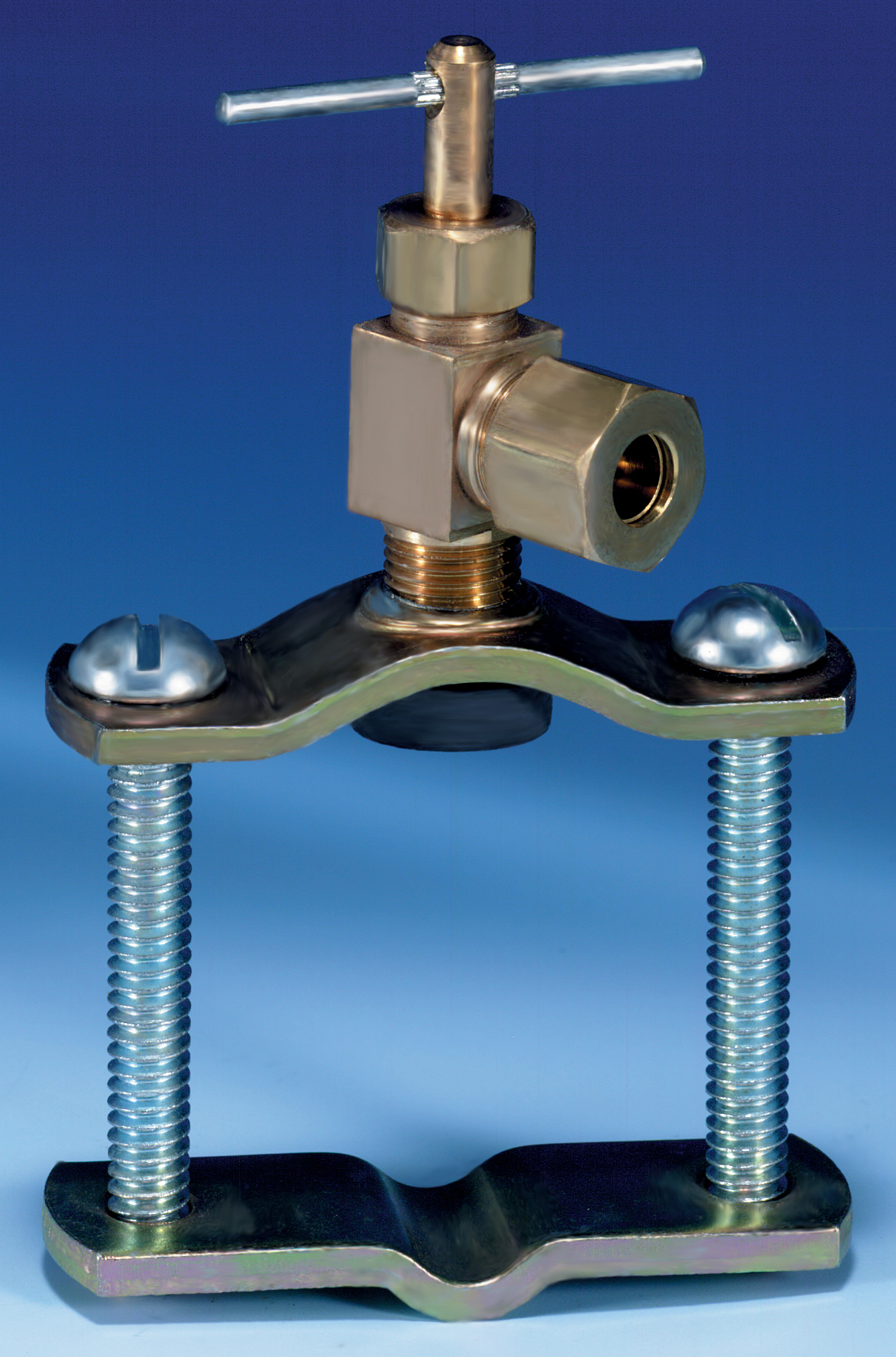






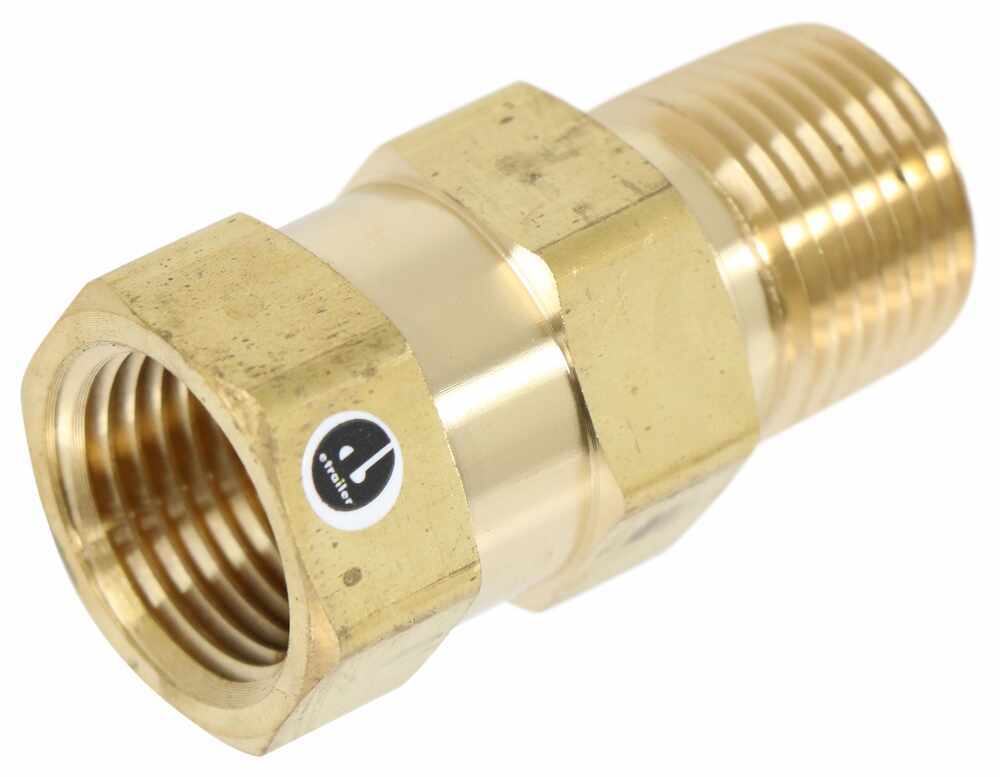
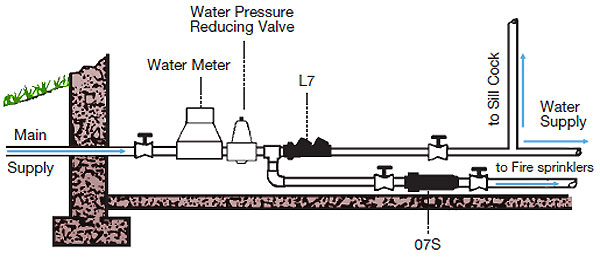


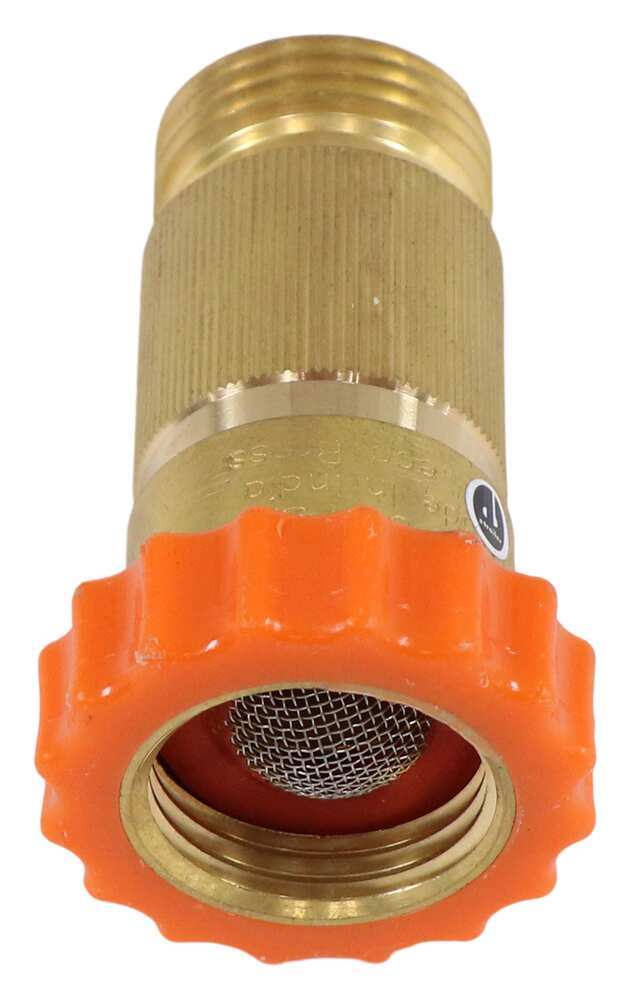

:max_bytes(150000):strip_icc()/the-men-s-hand-opens-the-ball-valve-on-the-collector-1006810456-5c5fc73fc9e77c000159c4af.jpg)



:max_bytes(150000):strip_icc()/testing-water-pressure-in-your-home-2718692-04-c37ab3236d0d4b61b87079ebf9ef823e.jpg)





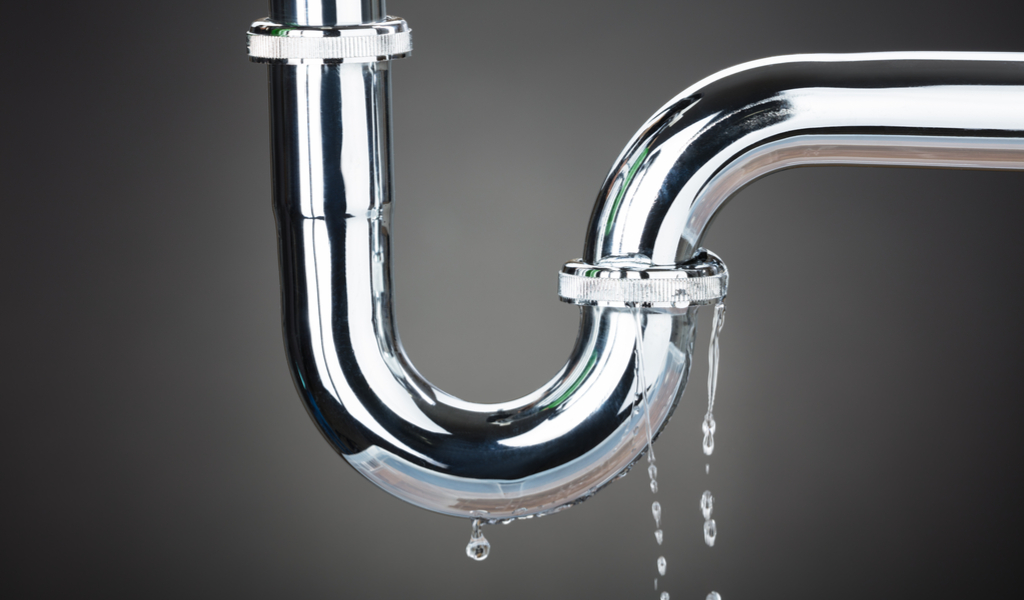







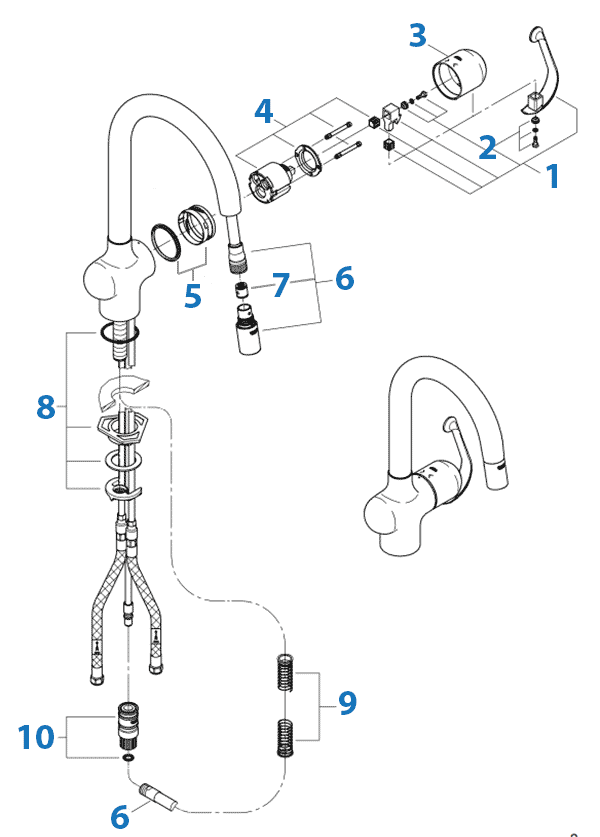















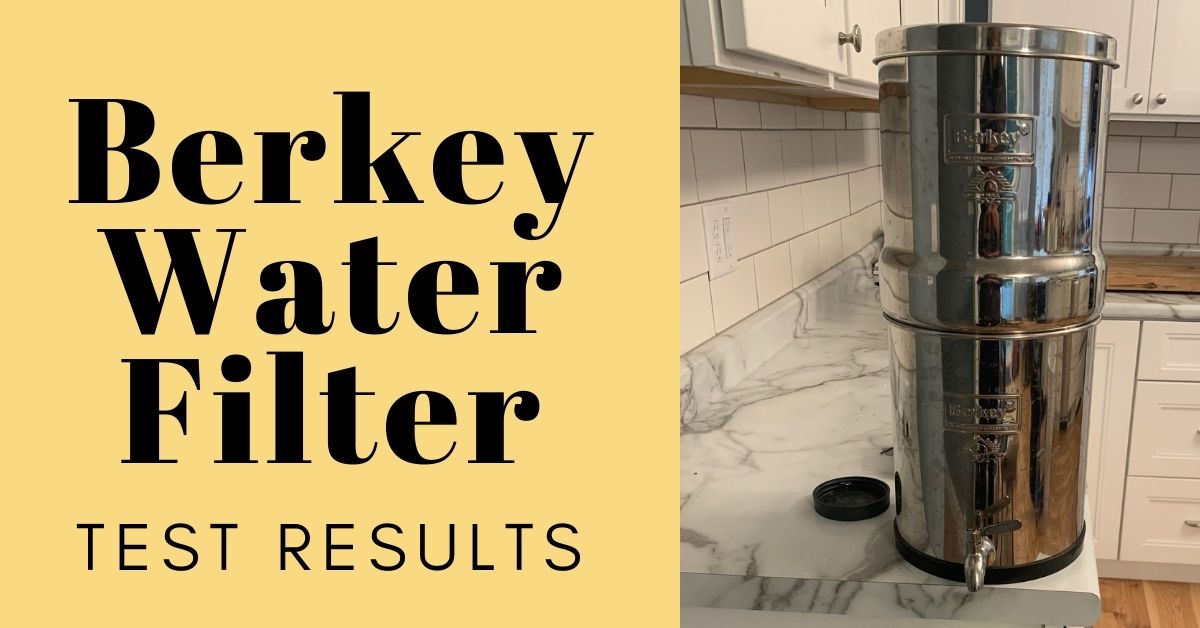
/cdn.vox-cdn.com/uploads/chorus_image/image/63879746/WaterFilter_2.0.jpg)






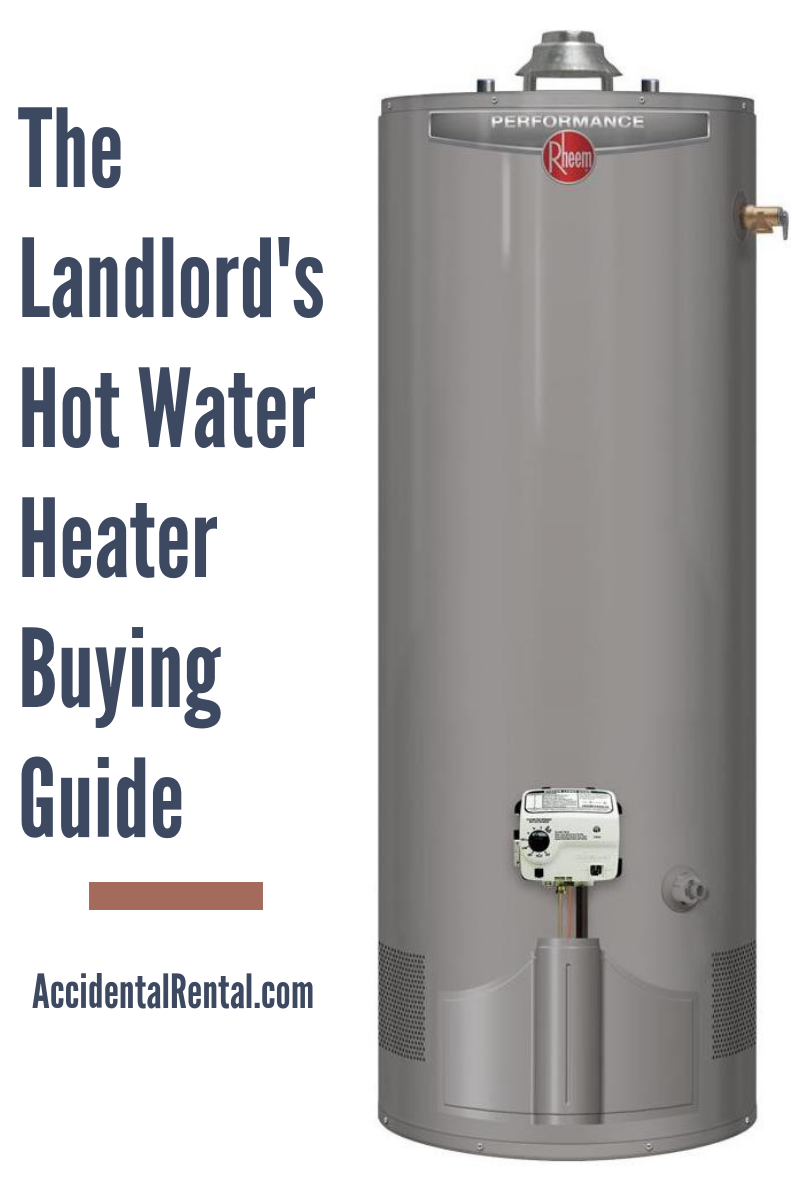
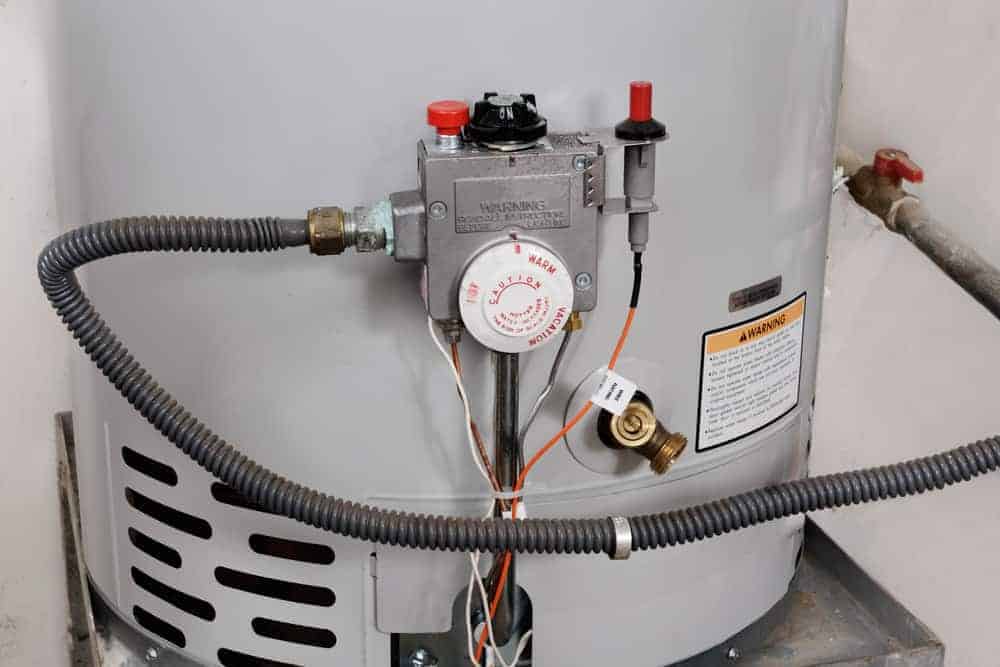
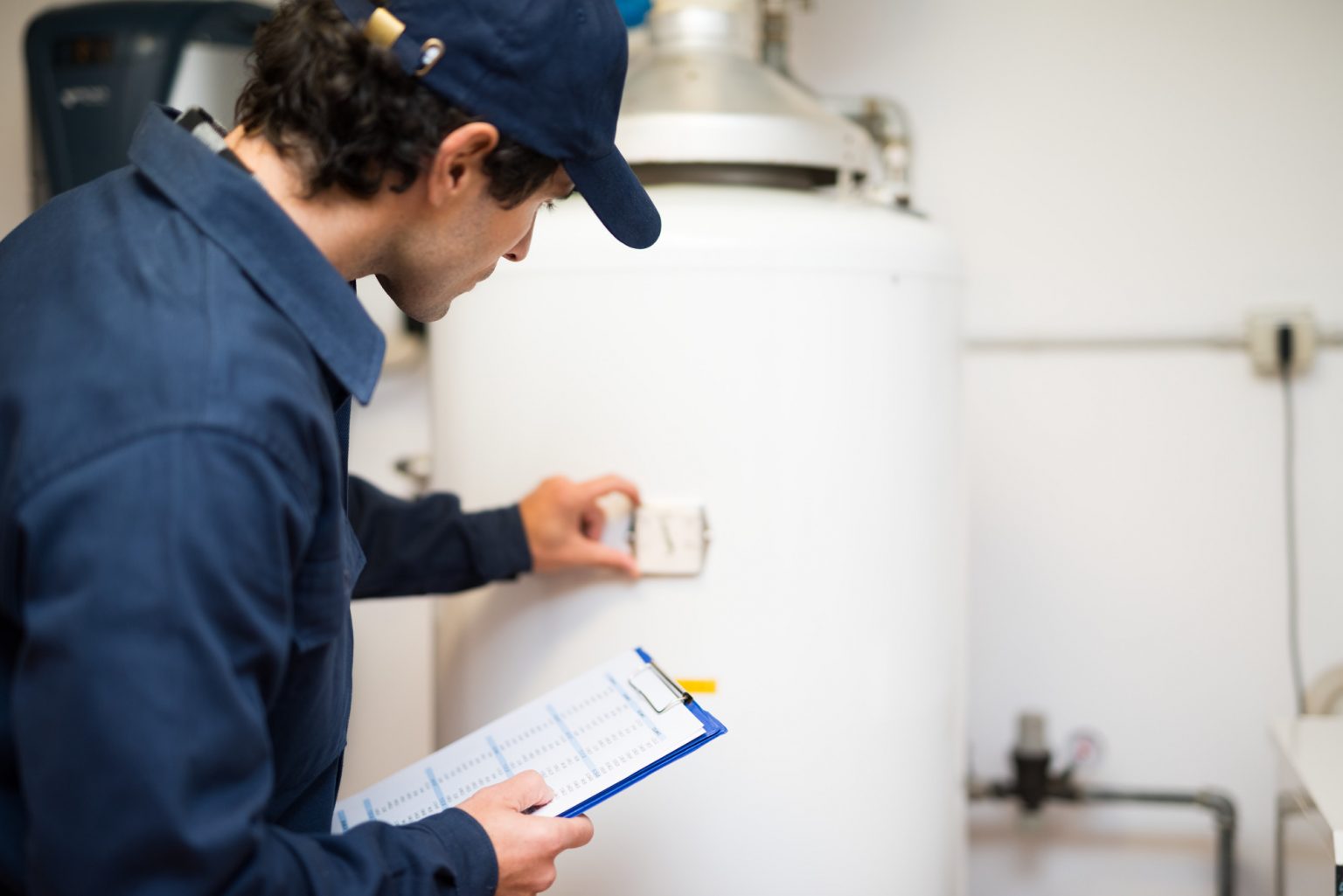
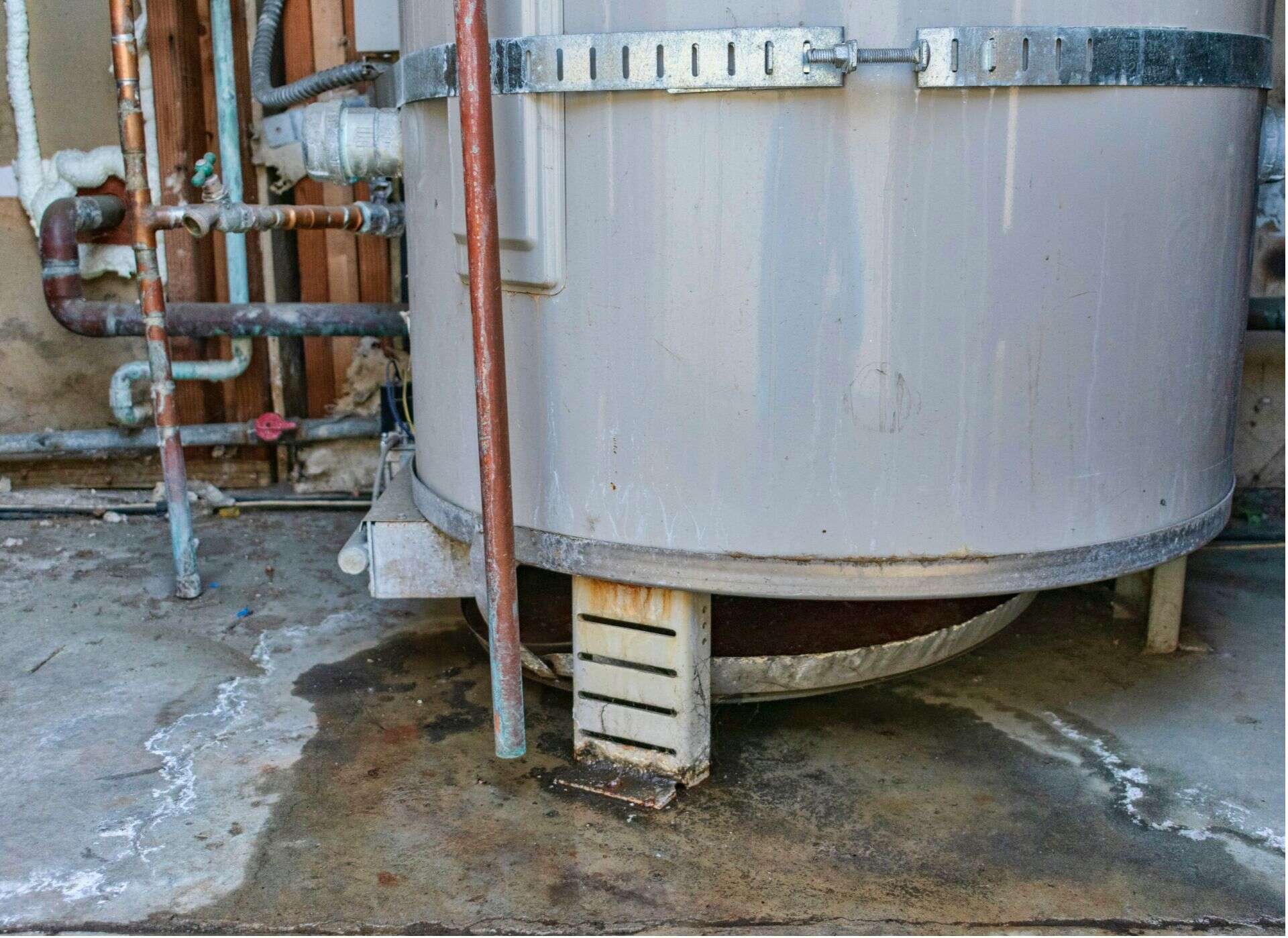






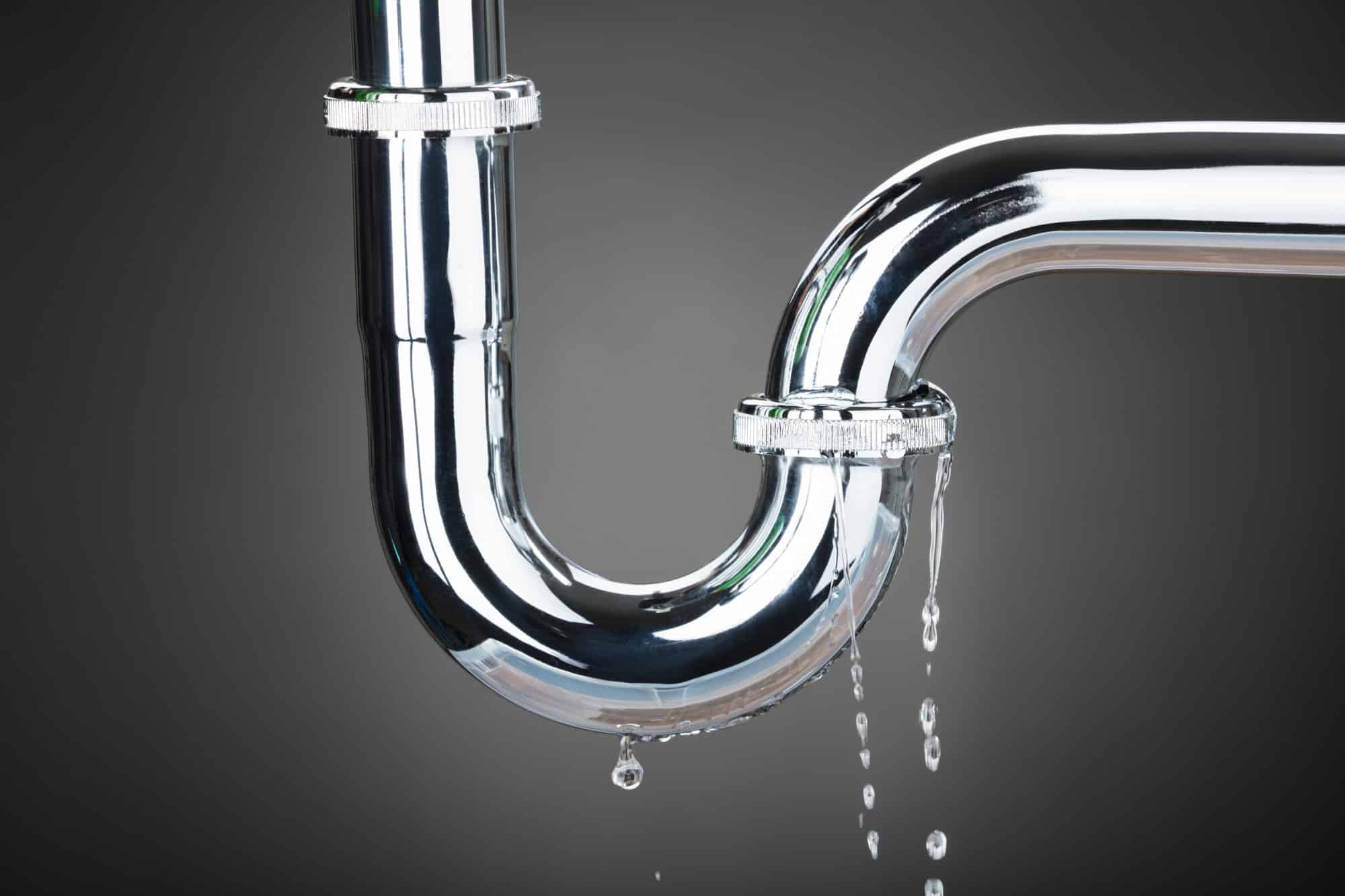
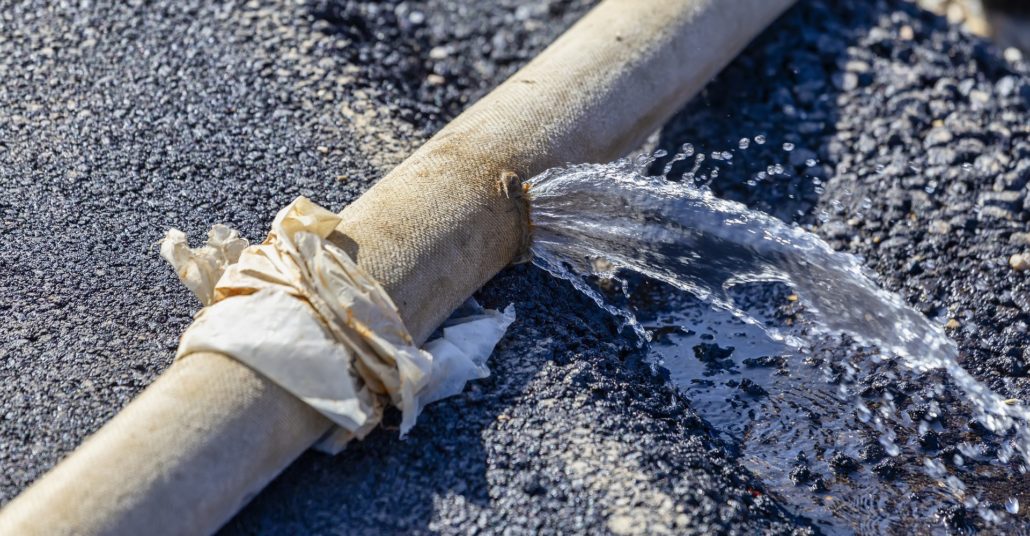
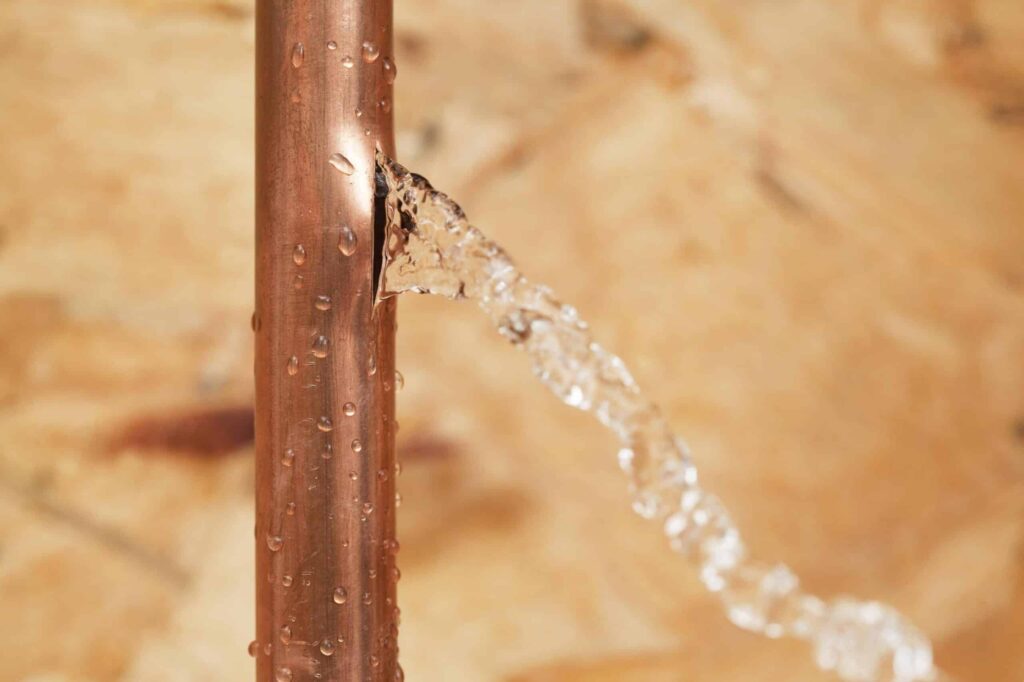


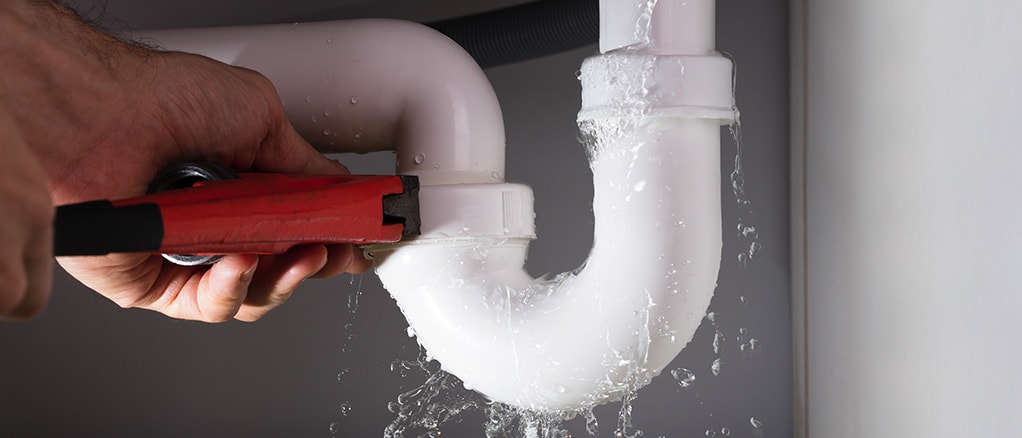
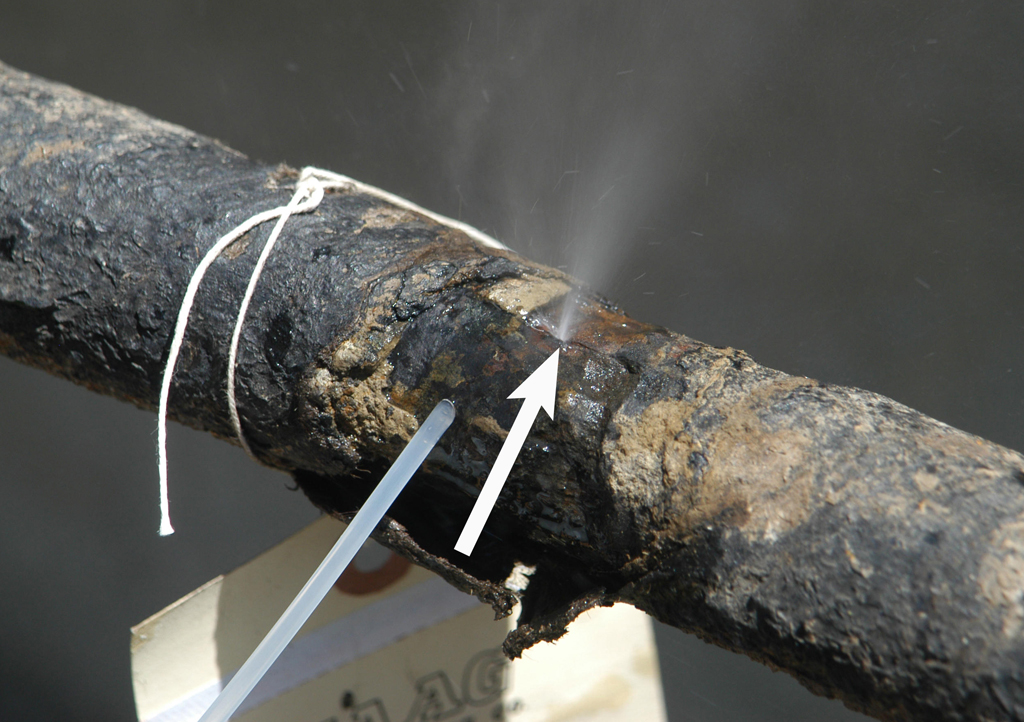



/testing-water-pressure-in-your-home-2718692-hero-98f45508ca5d44b6b551034ac5cedab5.jpg)



